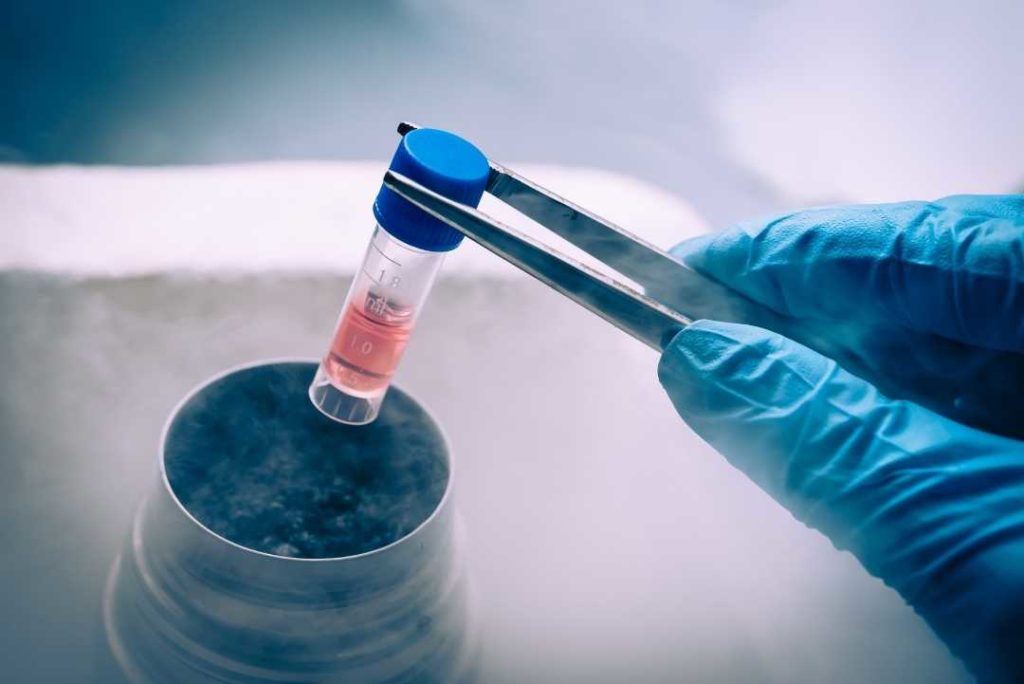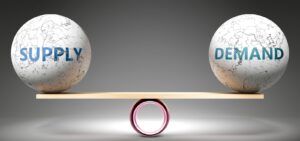The pandemic dealt an unprecedented blow to global supply chains, with virtually all business leaders reporting disruptions to their strategic sourcing and supplier management processes.
Yet some companies found ways to mitigate the impact to their operations. In Demand Driven Technologies’ Pandemic Planning series, we take a look at their stories—and how they leveraged DDMRP to adjust to a changing landscape.
Building more responsive inventory buffers
2020 was not a banner year for just-in-time production — at least, not for companies that prioritized supply chain efficiency over flexibility and resilience.
Of course, that’s a lesson that many seasoned DDMRP practitioners took to heart long before the pandemic.
“We’ve identified the key areas of our business, and we make sure that they are appropriately stocked,” said Juan Abbud, Senior Business Architect for Demand Driven Operation at biotech company STEMCELL Technologies, in the latest episode of the Flowcast.
“Our materials are subject to so many sources of variation that we tend to carry a sufficient amount of stock to ensure business continuity. But we don’t do it across the board. We’re very strategic about where we invest in inventory.”
So how did the STEMCELL team use DDMRP to react to pandemic related supply chain disruptions?
They refined the inventory buffers that are built into Intuiflow, formerly known as Replenishment+, to help planners see which materials are in demand and where they should invest in order to maintain a smooth flow.
“One of the things that we really appreciated about DDMRP was the fact that, since most of our parts are buffered, if demand stops, by default, DDMRP is not going to recommend that we continue to make more products. So we weren’t at risk of over-producing,” Abbud explained.
Yet early on in the pandemic—as lab and campus closures prompted a sharp drop in demand—Abbud’s team realized they also needed to be able to respond once demand picked back up.
In particular, they wanted to eliminate any gaps between when the buffers responded to demand and the company’s current signals to produce. So Abbud’s team reduced the size of their buffers and shortened their planning horizons to make them more sensitive to changes.
That set the company up not to overproduce while at the same time being responsive.
“And then demand started to pick up after two or three months, and it has been picking up steadily since. Once people started to learn how to work with the virus and stay safe, things started to return to normal, and we’re running the system as we were running it before.”
To learn more about how Intuiflow helped STEMCELL respond to pandemic supply chain disruptions, listen to the podcast.












